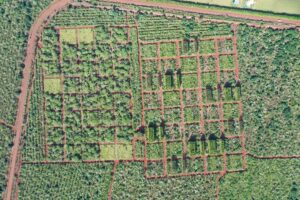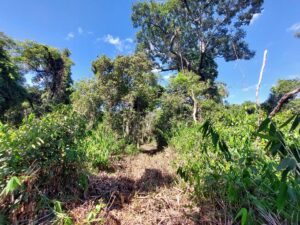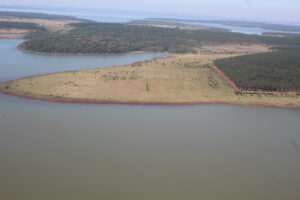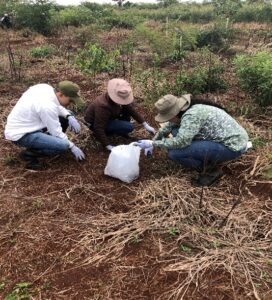New locations
Emerging RFFL Locations
New RFFL Locations are being established in cooperation with local partners in Malawi, Sri Lanka, Guatemala, and Paraguay. The locations are described below indicating the landscape context, initial situation, and the specific restoration objectives leading to future more resilient forest landscapes:

Malawi
The Lilongwe and Lingadzi Riverbank Restoration site located within Malawi’s Capital city will serve as model for urban riverbank restoration. The river’s presence with its hydrological features that influences the city’s landscape, ecosystems, water resources, drainage systems, floodplains, and riparian zones, significantly contributes to ecological diversity, aquatic habitats, recreational opportunities, and water-based activities within the urban environment.
The riverbanks of the two rivers are severely degraded through excessive crop and vegetable cultivation, brick moulding, and in-stream soil and sand mining. Restoration will focus on innovative tree-based restoration techniques, conservation strategies, land management approaches, and green infrastructure solutions tailored to urban riverbanks.
The Model Farm Upper Lilongwe River Catchment forms part of an important watershed, providing essential freshwater resources, ecosystem services, and livelihood opportunities for communities in and around the city of Lilongwe.
Over the past three decades land degradation is driven by unsustainable agricultural practices, deforestation and land clearing, soil erosion and increasing water runoff, climate variability and extreme events, soil degradation and fertility decline.
A Model Farm approach to restoration of the catchment will be pursued with focus on farmland conservation, and agroforestry signifying a convergence of agricultural innovation, ecological restoration, community engagement, and sustainable development principles.
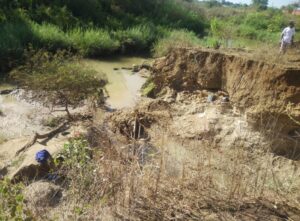
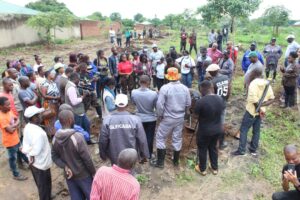
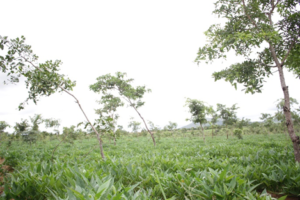
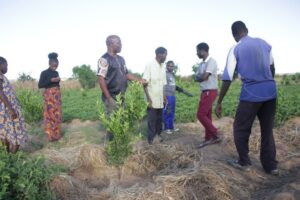
Sri Lanka
The Hurulu Dryland Forest Landscape Restoration site represents a core area for biodiversity and wildlife conservation in Sri Lanka.
Large areas are severely degraded due to various anthropogenic disturbances such as encroachments, expansion of agriculture land and past overexploitation of wood resources, resulting in the proliferation of invasive species.
A part of the reserve is being developed as an ecotourism destination (Hurulu Eco Park) with diverse wildlife especially wild elephants traversing through the forest.
The activities for restoring the forest landscape include habitat management, restoration and restocking of degraded/barren/unused lands, ecotourism development.
In the surrounding agriculture landscapes, improvements of home gardens through medicinal plants and fruit trees will enhance livelihood opportunities for local communities.
The Kanneliya Rainforest Landscape Restoration site in the wetland zone of Sri Lanka is made up of a heavily degraded forest reserve subject to initial restoration work to re-establish native tree vegetation on fern infested land after years of exploitation, conversion to tree plantations and forest fire events.
This restoration work serves to enhance native biodiversity in the degraded forest in combination with income generation for local communities through establishment of a medicinal tree gardens, expansion of cultivation and marketing of medicinal plant products for income generation of rural people.
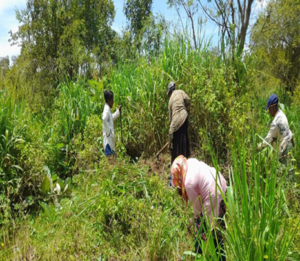
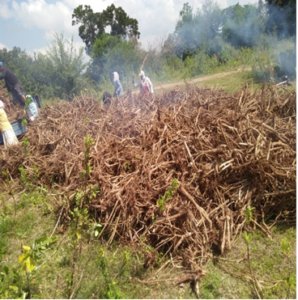
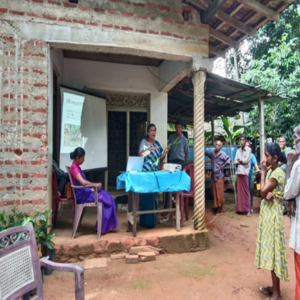
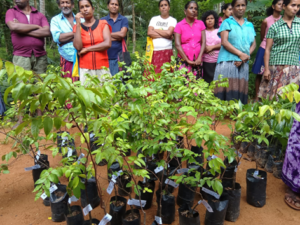
Guatemala
The Achiguate River Basin Watershed Restoration site is located on the Pacific slope of Guatemala a densely populated region and used mainly for agriculture, followed by agroforestry and silvo-pastoral systems and forestry.
Forest loss and associated reduction in biodiversity is one of the main problems identified through stakeholder workshops carried out during the recent development of a river basin management plan.
To address the forest cover loss a forest landscape and biodiversity restoration programme will be implemented with focus on re-vegetating upstream water recharge zones, natural forest remnant management, and riparian forests located near the Agua and Fuego volcanoes in close cooperation with private landowners, municipalities, local communities, and government institutions.
The Coyolate River Basin Riparian Restoration site is situated on the Pacific slope of Guatemala stretching within 100 kilometers from the sea level to 3,900 metres altitude at the Acatenango volcano.
The suitability of its lands is for agriculture, followed by agroforestry and/or silvopastoral systems, and forestry suitability.
Very similarly to the Achiguate basin, forest loss and associated reduction in biodiversity is one of the main problems identified through stakeholder workshops. Within the ongoing forest landscape and biodiversity restoration program the work will concentrate on restoration of riparian forests and the implementation of agroforestry systems in plots of farmers, communities, private owners, and other local stakeholders in the lower-middle part of the basin.
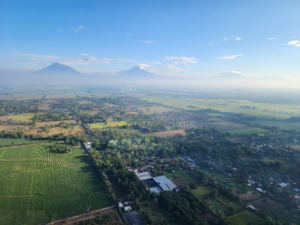
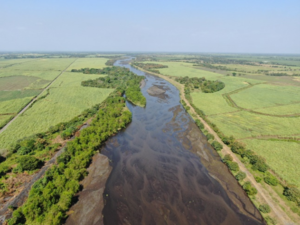
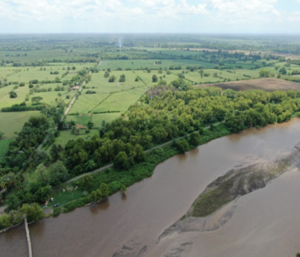
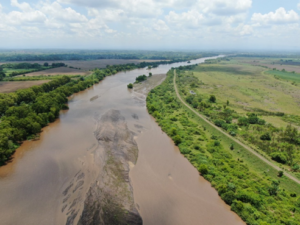
Paraguay
The Atlantic Production Forest Restoration site is situated in the Southeast region of Paraguay within the area of the Alto Paraná Atlantic Forest, shared also with Brazil and Argentina. This forest ecosystem is considered as one of the biodiversity hotspots in the world.
Deforestation and conversion to cattle grazing and agriculture over the years in combination with climate change have significantly reduced biodiversity and other ecosystem services endangering the survival of this unique forest ecosystem.
With the aim to ensure the survival and sustainable use of this important forest ecosystem various restoration approaches are being tested and further considered.
These include the restoration of native forests, conversion of monoculture plantations to mixed species stands, testing of agroforestry systems based on yerba mate cultivation and marketing.
The Atlantic Forest Riparian Reserve Restoration site represents another important element in the Alto Paraná Atlantic ecosystem covering both sides of the main rivers and lakes created by the ITAIPU hydropower dam.
These surrounding areas have been declared as Biosphere Reserve IAIPU and attract special attention for conservation and restoration.
Adequate native vegetation along the embankments of the lake is essential to reduce soil erosion, stabilises riverbanks and in this way contributes to reduce flooding and protect the water resources needed for the management and survival of the inland forests and agroforestry systems.
Priorities in restoration is given to degraded riparian reserves through replanting and protective measures.
